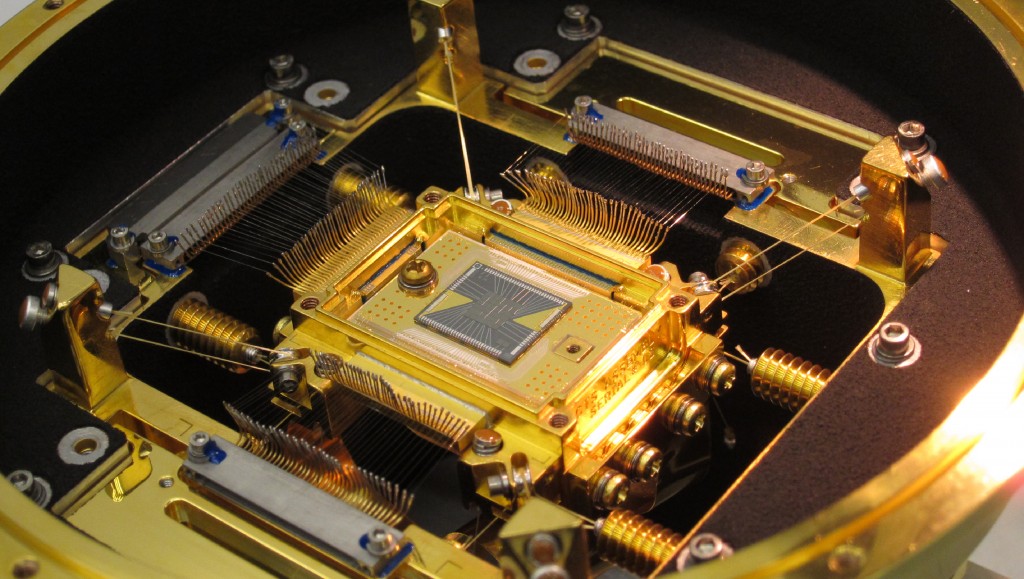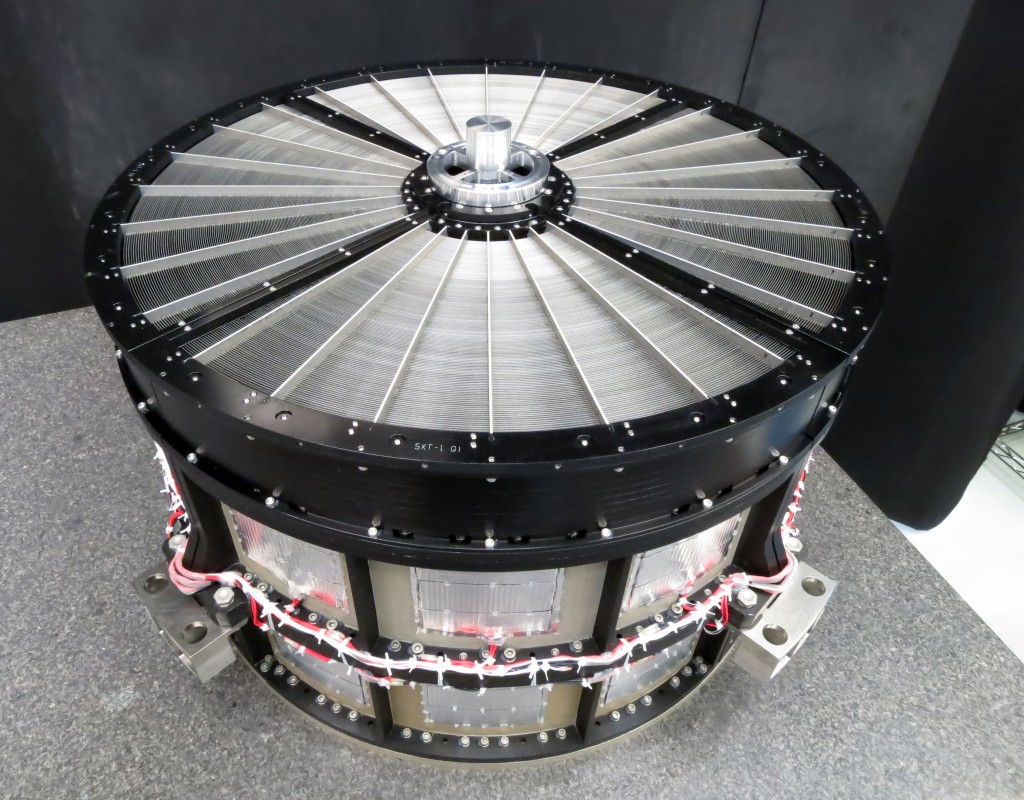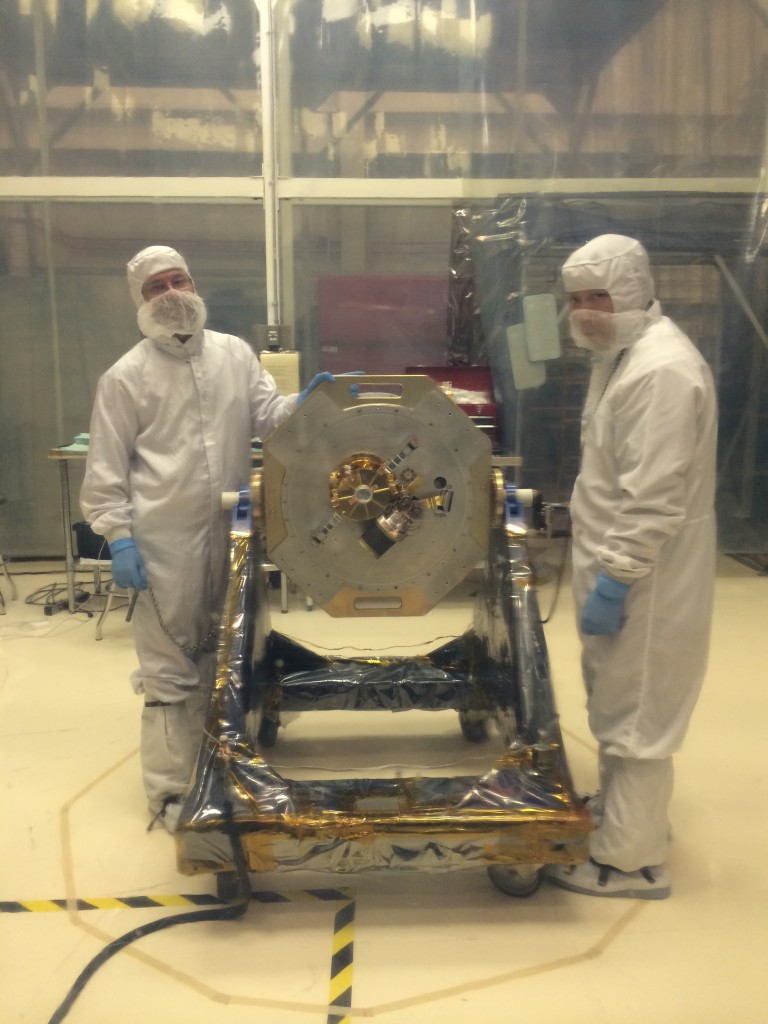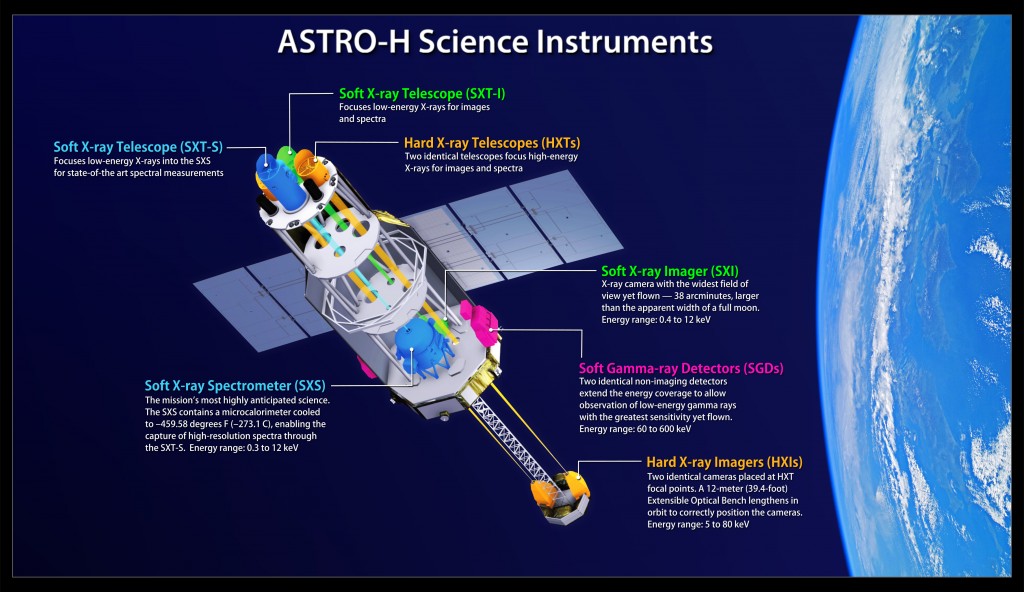Five Questions about ASTRO-H/Hitomi (and launch videos!)
- By Maggie Masetti
- February 22, 2016
- Comments Off on Five Questions about ASTRO-H/Hitomi (and launch videos!)
We were able to get our hands on these “5 questions your neighbor might ask” about the ASTRO-H mission (recently renamed Hitomi), and in particular NASA Goddard’s contributions. Here are the answers, courtesy of Dr. Rich Kelly, the Principal Investigator of the Soft X-ray Spectrometer (SXS). [Fun fact – he plays lead guitar in the Blueshift podcast theme song, which is primarily his composition.]
We also have a bunch of videos for you – because ASTRO-H/Hitomi had a very successful launch on February 17th, 2016! Here’s a teaser, the rest are at the bottom of the post.
Below is Scott Porter’s video of the launch. He shared his beautiful launch photos with us in this post.
(Note: We’ve annotated Rich’s answer to question 1 for clarity.)
1. What is NASA Goddard’s role in the ASTRO-H mission?
Goddard is providing key components to the Soft X-Ray Spectrometer (SXS) instrument on Japan’s ASTRO-H observatory. ASTRO-H is a powerful new observatory developed by JAXA that covers an enormous energy bandpass and provides extremely high spectral resolution over a key part of the bandpass. [Editor’s Note: What does this mean? X-rays are part of the electromagnetic spectrum and are one of highest energies of light. The SXS can see a large range of energies of X-ray light photons. An X-ray spectrometer counts the number of photons of differing energies hitting it. The SXS will be able to give scientist really detailed spectra. More about X-ray spectroscopy.] The SXS is a cryogenic instrument that utilizes a technique invented at Goddard for not only detecting X-rays, but also measuring their energies one X-ray photon at a time with extraordinary precision. From these detections, we can build up a spectrum. The sensor is called a microcalorimeter, since it measures the X-rays as heat. This type of detector has 30 times the spectral resolving power of the current best imaging X-ray spectrometers.
We built a 6 x 6 array of microcalorimeters, where each is a square about 0.8 mm on a side. The challenge to this is that the technique requires extremely low temperatures in order to measure the heat produced by a single X-ray, very close absolute zero (which is −459.67° Fahrenheit). To achieve this low temperature, the Goddard team developed a cooling technology suitable for use in space. The device is a magnetic refrigerator that uses a material that can be magnetized with a strong external magnetic field and controlled to produce cooling to 0.050 Kelvin. All of our hardware was installed into a remarkable dewar system built in Japan that that uses liquid helium, but can also run without liquid helium using mechanical coolers. The SXS will thus be a very pioneering instrument, using microcalorimeters operating at 50 milliKelvin in a dewar that is capable of running with or without stored liquid cryogens.

The heart of the ASTRO-H Soft X-ray Spectrometer is the microcalorimeter array at center. The five-millimeter square forms a 36-pixel array. Each pixel is 0.824 millimeter on a side, or about the width of the ball in a ballpoint pen. The detector’s field of view is approximately three arcminutes, or one-tenth the apparent diameter of the full moon.
Credit: NASA’s Goddard Space Flight Center
Goddard also produced X-ray mirrors for ASTRO-H that are used to gather X-ray light and focus it onto the X-ray micarocalorimeter sensor. These consist of 203 nested shells of extremely smooth aluminum reflectors mounted in a housing. There are two sets of reflectors, one on top of the other and precisely aligned with respect to each other. It turns out that with two bounces at [an angle of less than 1 degree], one off of each reflector, it is possible to focus X-rays to form an image. Our team built two of these mirrors, called Soft X-Ray Telescopes (SXT), one for our SXS instrument and one for a Japanese Soft X-Ray Imager that is also aboard ASTRO-H, a large CCD camera designed to take X-ray pictures.
Finally, Goddard is going to support a NASA guest investigator program for US scientists. This requires the development of a pipeline data processing system and data analysis tools.
2. How many people at Goddard are working on this?
At Goddard, 178 people worked on the SXS and SXT hardware in one form or another since early 2008. The team was comprised of people with many different skills sets, including electrical, mechanical, microelectronics fabrication, optical, and cryogenic engineers; device physicists, astrophysicists, systems engineers, and project managers and financial resource managers. Our team also has co-investigators and science advisers from several universities around the US. Our participation in ASTRO-H started with collaboration back in 2006 with scientific colleagues in Japan who were interested in the same kind of science and were experts in low temperature space technology, and this eventually led to a proposal in response to a NASA Announcement of Opportunity in 2007 under the Explorer Program. We submitted a mission of opportunity proposal that was competitively selected among several other proposals. This means that a principal investigator is ultimately responsible and accountable to NASA HQ for the success of the project within the required schedule and allocated budget.
3. Why is this important to NASA and our nation?
The Universe is fundamentally interesting to people and they want to understand what they see and why things are as they are. We cannot “go” to the most of what we see in the Universe, beyond what we can physically explore in our solar system, so we have to rely on the light (and now gravity waves!) that reach us from extremely far away. We build telescopes and can place them in space, above the atmosphere which absorbs X-rays, to collect the radiation and use it to make images and spectra that allow us to gain insight into the physical condition in objects in our galaxy and far beyond. The US has a tremendous technical capability and extensive experience in developing powerful, state of the art instruments and spacecraft that can operate under the extreme conditions of temperature and particle radiation in space. Leading in science makes the US a world leader in exploration, which inspires young people, fosters collaboration with foreign scientists and engineers, educates the population, and hopefully contributes to a safer and more sustainable world.
4. What’s the “cool” factor?
The cool factor of the SXS is that it uses a sensor that is almost at absolute zero temperature designed to measure the hottest structures in the Universe, which are up to 100 million K. The fact that we can cool something down to near absolute zero requires a string of remarkable technologies, and we were able to get this packaged in a way that will survive launch and last for many years in space.
5. Why should I care?
The Universe is interesting, and we have developed a new technology that can increase our knowledge of what is going on in the Universe and expand people’s awareness, imagination, and desire for developing new technologies to push the boundaries even further. Using the SXS we can detect all of the elements of the periodic table that are abundant throughout the Universe, but we will now have the sensitivity to detect elements with relatively low astronomical abundance, such as aluminum, magnesium, and even yttrium. Understating how the elements are formed and their abundances is of fundamental interest. We can also peer into the region very close to black holes, where matter is slowly spiraling in. The strong gravity of the black hole distorts the space around it, and we can see this in the spectrum of the light originating close to the black hole. Further, we will learn more about the extremely hot gas that is bound in clusters of galaxies, the largest know structures in the Universe, especially about the velocity structure of the gas. This gas is directly affected by the galaxies and especially dark matter that is inferred to be there and actually makes up most of the mass of the cluster. How all this came together is of extreme interest to scientists and the public for understanding the overall structure of the Universe.
The guest investigator program will be open to all US scientists, and the great thing about ASTRO-H is that the data from all four of the instruments, not just the SXS, we be available to them. US scientists will be able to compete for about 45% of the observing time, and in any case have access to all ASTRO-H data a year after it has been obtained from the satellite.
We have a bunch of videos for you – because ASTRO-H/Hitomi had a very successful launch on February 17th, 2016!
Here’s is JAXA’s launch presentation. The launch itself is at 20 minutes in. (Here’s a link to take you right there.)
We have linked a JAXA video of “rollout,” where ASTRO-H was moved to the launch pad.
And here is an official JAXA launch photo, which is particularly pretty:






